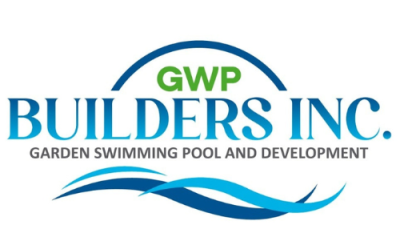Investing in a pool is a significant decision that goes beyond the initial installation costs. Understanding the full spectrum of pool development costs is crucial for homeowners considering adding this luxurious amenity to their property. This article dives into not only the upfront expenses associated with constructing a pool but also the ongoing maintenance, energy, and potential repair costs that can accrue over time. Whether you’re contemplating a sleek infinity pool or a family-friendly backyard pool, getting a clear picture of these long-term expenses will help you manage your budget effectively and ensure your investment enhances your home life without causing financial strain. We’ll explore various pool types, materials, and technologies that influence the cost-efficiency and sustainability of your pool development project.
Initial Investment: Breaking Down Pool’s Development Costs
When planning a pool development project, the initial investment can vary widely depending on the pool size, materials, and design complexities. Typically, constructing a standard in-ground pool starts from around $20,000, but can easily exceed $50,000 for more elaborate designs. Key factors affecting cost include the choice of vinyl, fiberglass, or concrete as the main material, each with different price points and durability. Additional features like underwater lighting, heating systems, and custom tiles also contribute to the initial cost. Understanding these elements will help you budget more effectively, ensuring that your pool not only meets your aesthetic desires but also stays within your financial limits.
Ongoing Maintenance Expenses for Sustainable Pool’s Development
Maintaining a pool involves regular expenses that are crucial for keeping the water clean and the equipment running efficiently. Monthly maintenance tasks include balancing the chemicals, cleaning the filters, and inspecting the pumps, which can cost anywhere from $80 to $150 per month. Investing in a pool cover can reduce cleaning and heating costs by keeping debris out and heat in. Additionally, choosing energy-efficient pumps and heaters can significantly cut down on long-term energy expenses. Planning for these ongoing costs is essential for sustainable pool ownership, ensuring that your pool remains a delightful feature of your home without becoming a financial burden.
Future-Proofing Your Investment: Long-Term Costs in Pool Development
Future-proofing your pool development involves considering long-term expenses that might arise from repairs, upgrades, or efficiency improvements. As your pool ages, it may require resurfacing, which can cost several thousand dollars depending on the pool’s size and the materials used. Upgrading to more energy-efficient equipment or installing solar heating panels are other costs that can improve sustainability but require upfront investment. Setting aside a budget for these potential expenses can help you manage costs more effectively over time, ensuring your pool continues to provide value and enjoyment for many years.


